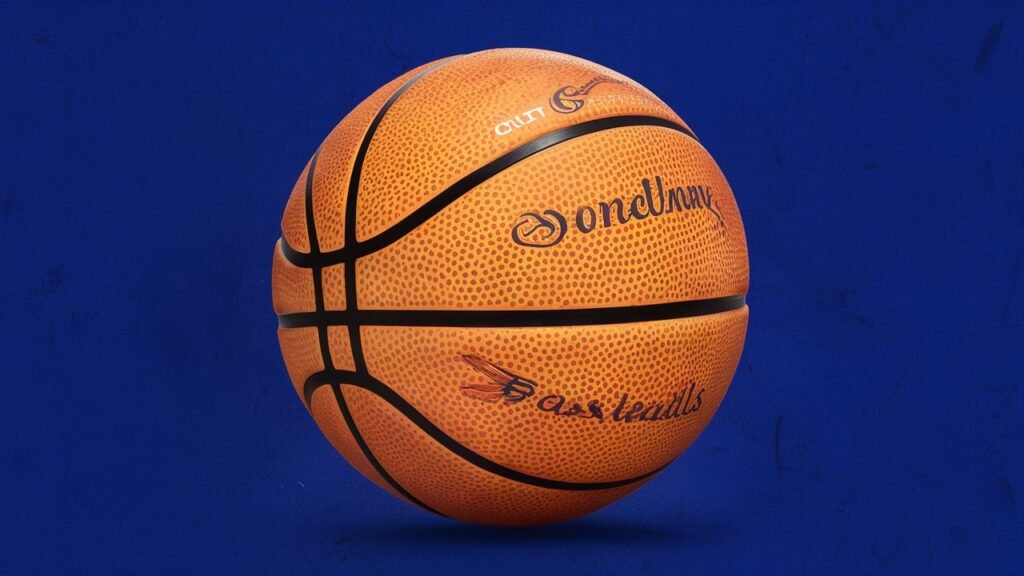Drawing:cul23ybyzfm= basketball, Jamie, a young aspirational artist from a tiny village, discovered a strong love for basketball as well as painting. Jamie would practice creating detailed sketches of basketball players in action every evening following school, therefore encapsulating the core of the game on paper. Inspired by the dynamic energy and dynamics of basketball, Jamie’s sketches started to draw notice. Examining the junction of drawing and basketball, this blog entry delves into methodologies, stats, data, and often asked questions about “drawing = basketball.”
Appreciating “drawing = basketball”
Drawing = basketball is a creative method aimed at capturing, by drawing, the dynamic motions, intensity, and basketball spirit. This unusual kind of art calls for a combination of technical sketching ability and thorough awareness of the physical and emotional facets of basketball.
- Important Components in Drawing Basketball Anatomy and Movement Accurate portrayal of basketball players depends on a knowledge of the human body in action.
- Correct perspective and proportion guarantee reasonable and aesthetically pleasing sketches.
- Capturing the emotions and gestures of players gives the artwork more complexity.
- Realism and impact of the drawing are improved by considering texture and detail.
Methodologies for Illustrating Basketball Athletes
Quickly catching the fundamental forms and motions of players can help you to transmit motion and energy in gesture drawing.
Focusing on figure outlines and edges to determine their forms, contour drawing
Shading and lighting methods help to produce dimension and depth.
Using real models and pictures as references will help one get accuracy.
Basketball Drawing: Statistics and Data
Basketball drawings can be much more realistic and accurate if one understands basketball statistics and facts. Knowing the typical height, wingspan, and body composition of professional basketball players, for instance, will enable artists to more faithfully represent athletes.
Average Physical Attributes of Professional Basketball Players
| Attribute | Average Value |
|---|---|
| Height | 6 feet 7 inches |
| Wingspan | 6 feet 10 inches |
| Weight | 220 pounds |
| Vertical Leap | 28 inches |
Common Poses and Movements in Basketball
| Movement/Pose | Description |
|---|---|
| Jump Shot | Player jumping and shooting the ball. |
| Dribbling | Player moving the ball by bouncing it. |
| Dunk | Player slamming the ball into the hoop. |
| Defensive Stance | Player crouched, ready to defend. |
| Passing | Player throwing the ball to a teammate. |

Frequently asked questions Regarding Drawing Basketball
How best should one begin sketching basketball players?
Starting to sketch basketball players might be ideal by first honing simple motion drawings to convey form and movement. Seeing live games or movies will assist one to better appreciate the erratic motions of athletes.
How may I draw basketball players more precisely?
Studying human anatomy, applying reference photos, and consistent practice help one to improve accuracy. Your drawings would be much improved by paying close attention to the motions and proportions of actual athletes.
Which supplies should one use to depict basketball scenes?
High-quality pencils for sketching, fine-tip pens for detailing, and shading tools like charcoal or graphite sticks are among the advised instruments. Your designs might potentially get more dimension from using textured paper.
How might I depict the passion and intensity of a basketball game in my drawings?
Emphasising facial expressions, body language, and the general game environment will help one to capture intensity and emotion. Including the audience and court helps to increase the authenticity.
Exist particular methods for sketching several basketball positions?
Indeed, several postures and motions define distinct positions. Point guards, for instance, commonly dribble and pass; centres may be shown rebounding or blocking. Learning the functions and usual behaviour of every job will help you direct your drawings.
How important is lighting in basketball designs?
Depth and dimension are created in great part by lighting. Knowing light sources and shadows enables one to emphasise the muscles, motions, and intensity of players, thereby rendering the drawing more realistic.
Conclusion
Combining a love of art with the exciting realm of basketball, drawing basketball is a complex and fulfilling creative endeavour. Artists may produce striking and realistic depictions of basketball players by learning skills including gesture drawing, contour drawing, and shading and by knowing the physical qualities and motions of the players. Using statistics and data improves the artwork’s depth and correctness even more. Aspiring painters like Jamie may capture the essence of basketball on paper by means of effort and dedication, therefore producing works that appeal to both art lovers and sports fans equally.


